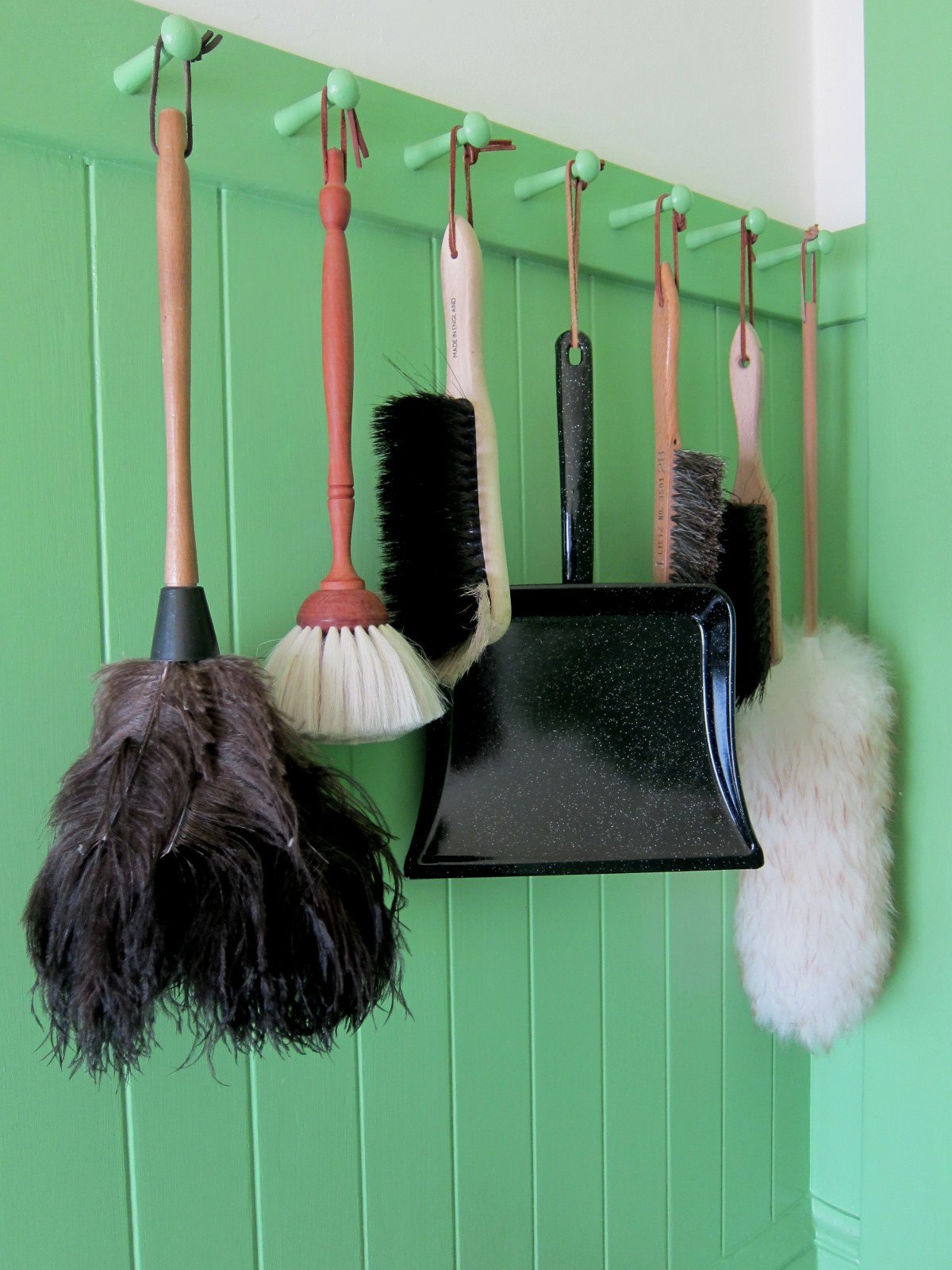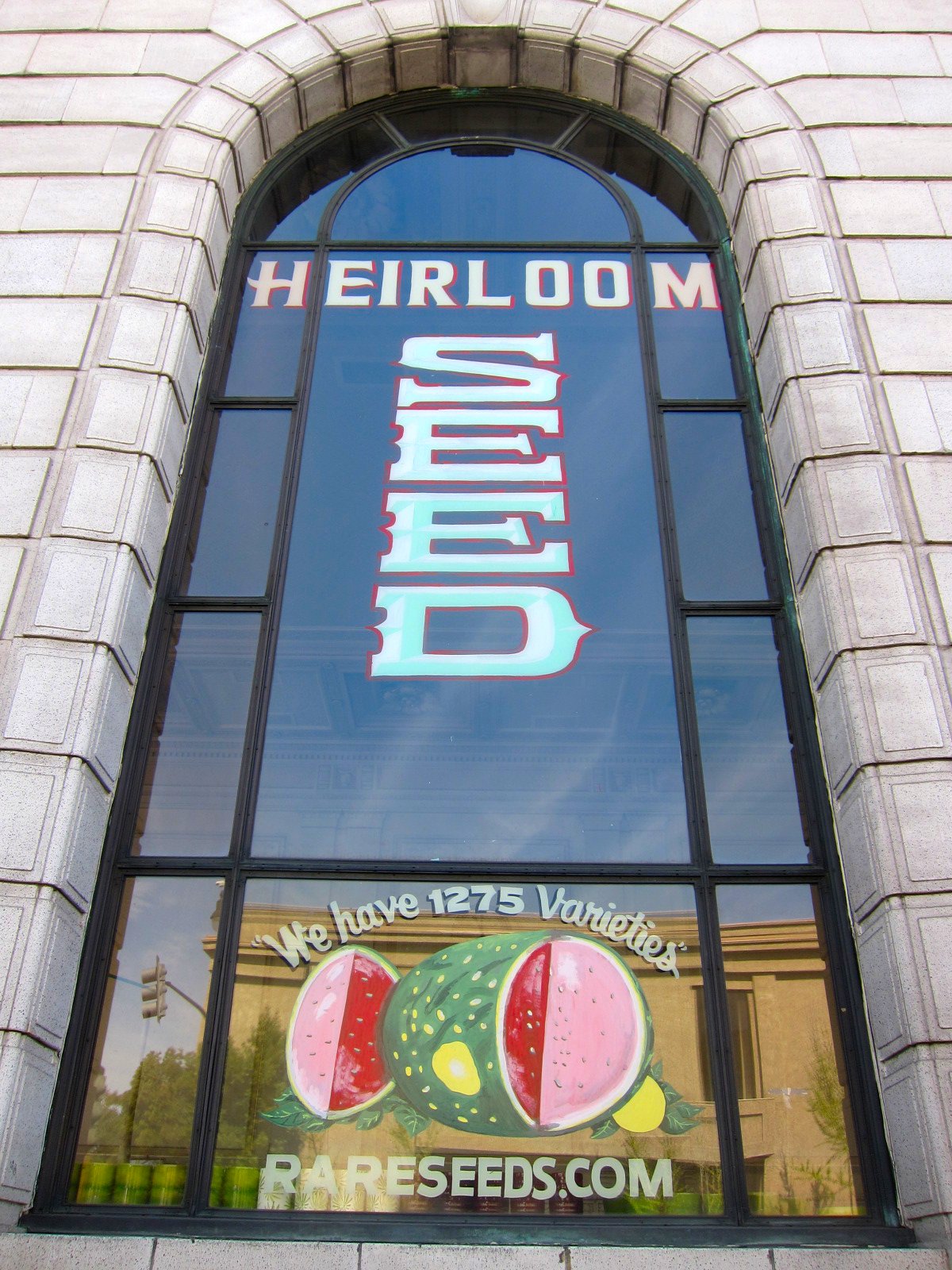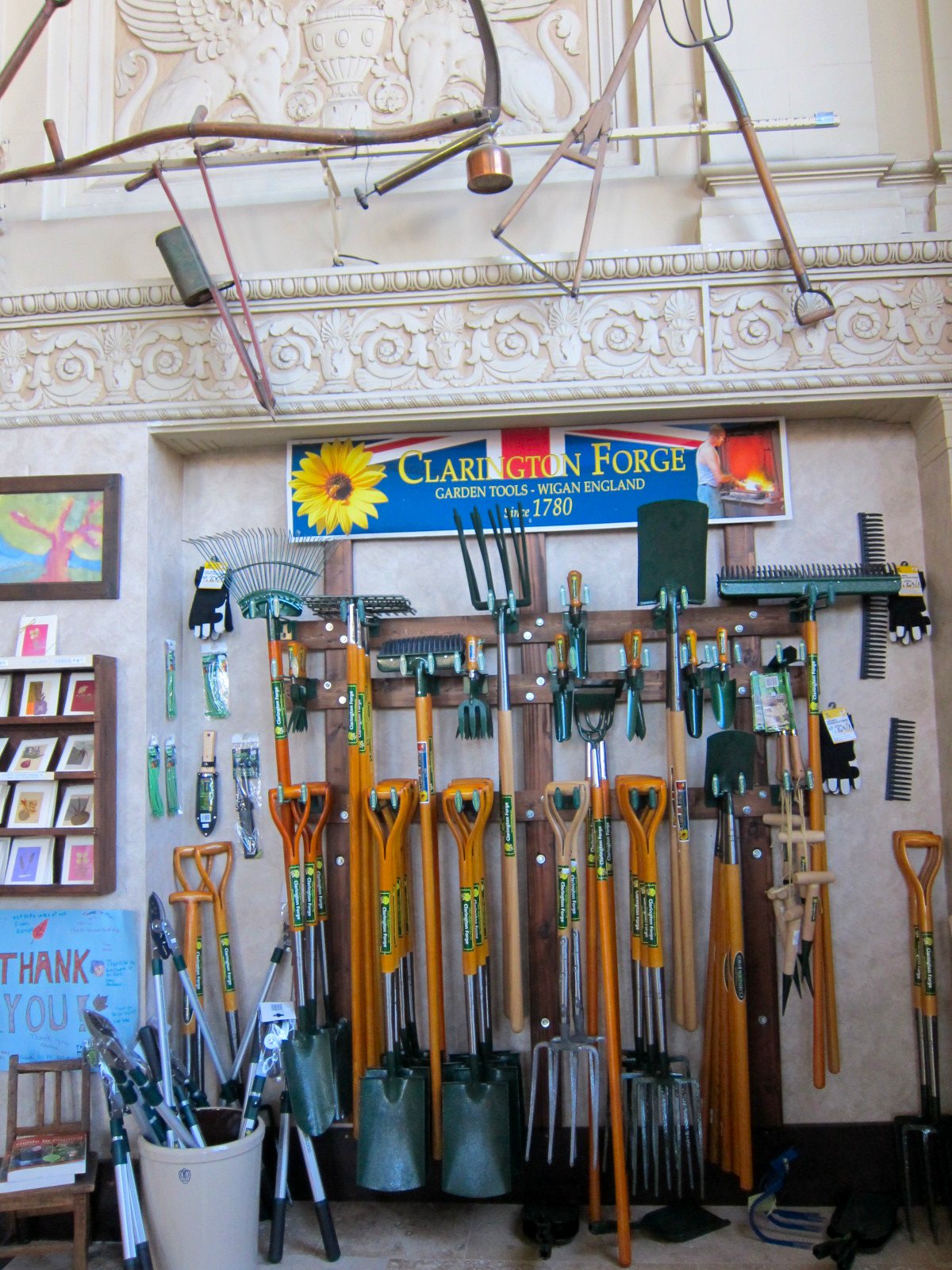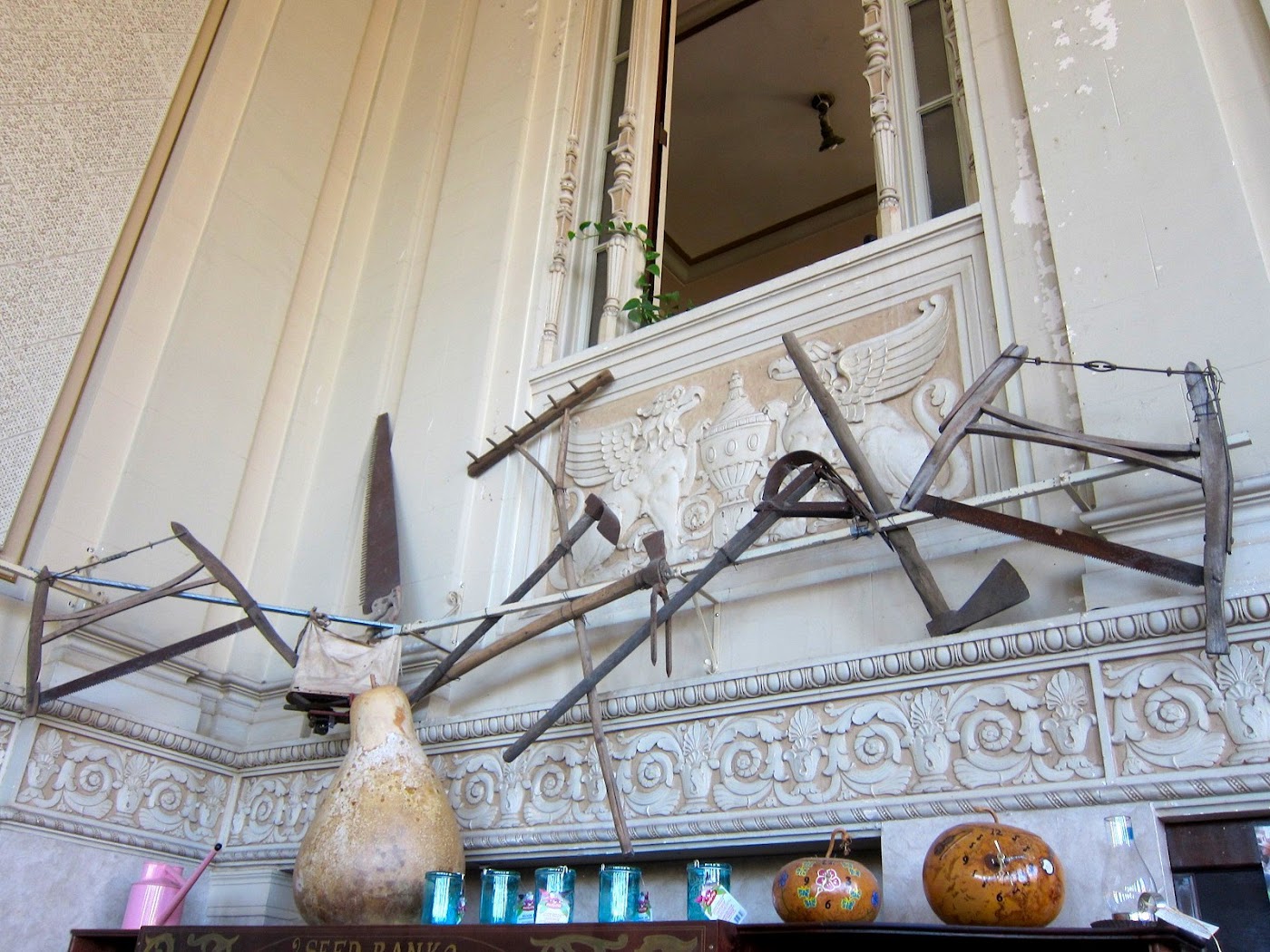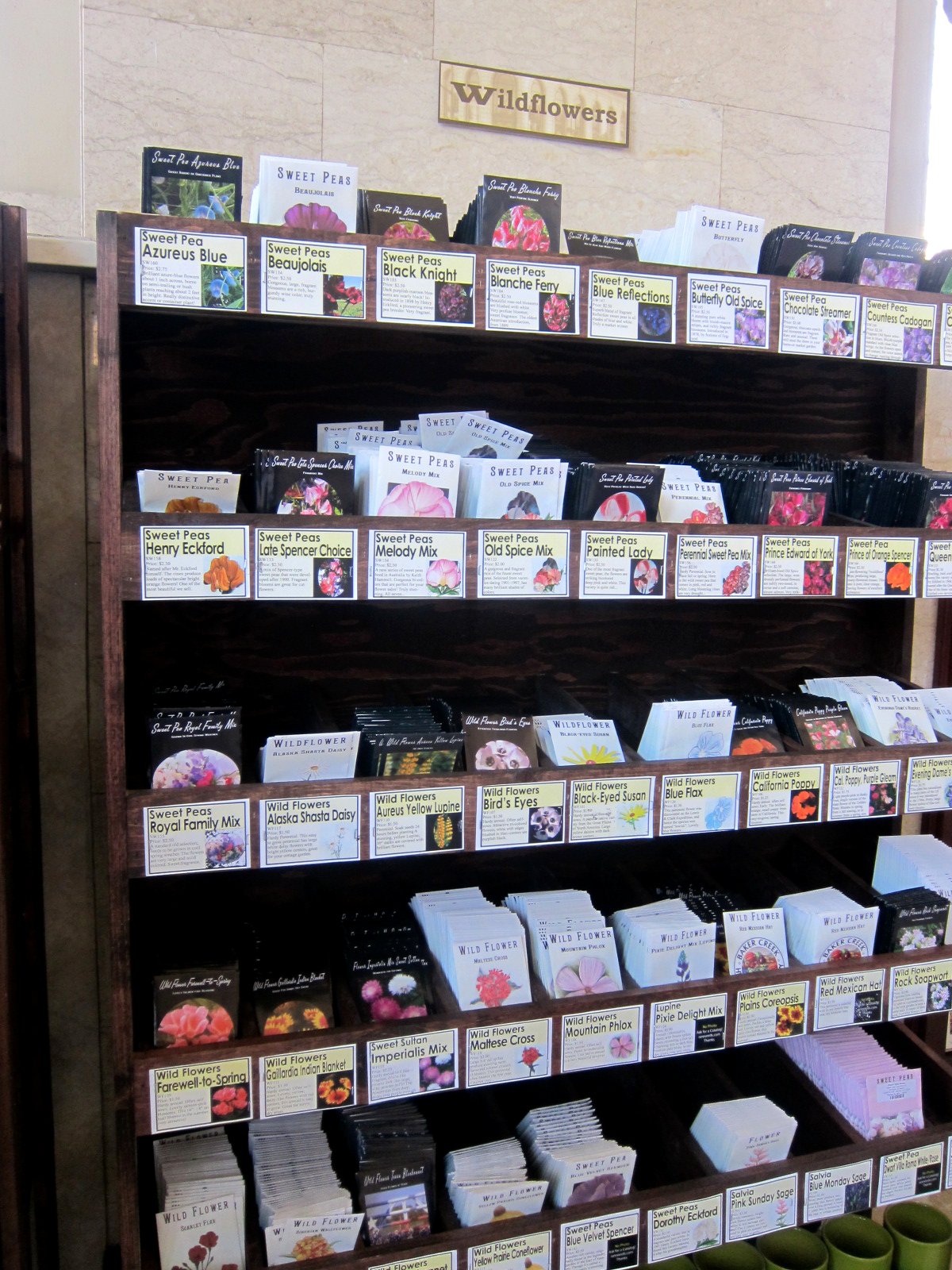Natural bristle, lambswool, and feathers beautifully crafted into traditional cleaning tools lined up on Shaker pegs
Photo: Chronica Domus
With the onset of spring, and the crescendo of excited birdsong penetrating the azure skies outdoors, I am compelled to throw open the windows, let in the fresh air, and begin the ritual of spring cleaning. I may even join the birds and attempt a jaunty little tune of my own, but on second thought, I have the most dreadful singing voice and wouldn't want to frighten them all away with my ear-splitting pitch.
For years, I've been buying and using traditional and beautiful cleaning tools to help get my house and its contents "shipshape and Bristol fashion". I love that expression and it was one I heard many times during my youth, uttered from the mouths of impatient schoolmistresses hastening us girls to put away equipment in the science laboratory, or on the playing field (hockey sticks anyone?) at the conclusion of our lessons.
My mother taught my sisters and I well. Each Saturday morning, we would help her dust every surface of furniture with the aid of our little yellow dusting cloths, while she carefully attended to various ceramics and bibelots with feather duster and soft bristle brush in hand. The weekly routine of dusting not only taught us to care for our possessions, but it was a ritual that was strangely therapeutic and even gratifying. We reaped the benefits of our hard work instantly; a clean and orderly house to be enjoyed by all.
You will be hard pressed to find a neon-colored plastic-handled broom, brush, or cleaning gadget around here (vacuum cleaner excluded, of course). No, I much prefer my tools to be made of natural materials, which are aesthetically pleasing to gaze upon, more environmentally friendly, and a joy to use. I own both new and old tools (found in junk shops and the like), and whenever I travel, I am always on the lookout for them. When in London last, I happened upon a wonderful shop called Labour and Wait, which afforded me the opportunity of adding a sturdy enamel dustpan and a soft natural bristle brush, both made in England, to my cache.
My classic English enamel dustpan and natural bristle brush are indispensable for ridding the floors of debris (and so much nicer to look at than the ubiquitous plastic variety)
Photo: Chronica Domus
This vintage horsehair Lietz brush, discovered in a junk shop, makes dusting woodwork child's play as it caresses each and every recess with ease
Photo: Chronica Domus
Last year, I purchased a fine German goat hair duster with a beautifully turned pear wood handle that I found among the offerings at Good Grey, a little jewel of a shop tucked away in one of Petaluma's historic buildings. The proprietress of Good Grey stocks her small mercantile with an array of attractive household goods that are both utilitarian and beautifully made.
Not only does this goat hair duster do a fine job of removing dust, it is also quite beautifully constructed - I adore the little black dot of contrasting hair which adds a certain flair to an otherwise utilitarian object
Photo: Chronica Domus
As with many older modestly-sized houses, and ours is no exception, closet space is very limited so our household does not enjoy the luxury of a dedicated broom cupboard in the proximity of our living quarters. We are, however, fortunate to have a full basement at our disposal, but that is not an ideal place to keep cleaning tools that need to be hurriedly pressed into service when dried ingredients fall upon the kitchen floor, or whenever stray dog hairs are spotted lurking beneath the sofa that necessitate sweeping with alacrity.
An old-fashioned horsehair broom soon gets the wooden floors spick and span without scratching
Photo: Chronica Domus
With this in mind, I recently conceived of an exceedingly practical solution as to where I might best store my beautiful cleaning tools which had thus far been shamefully and unceremoniously crammed into the cupboard beneath my kitchen sink. If any of you are familiar with the simplicity and practicality of Shaker design, you will already know all about the genius of those humble little Shaker pegs.
A row of practical shaker pegs transforms an area of the back stairwell into a very useful space
Photo: Chronica Domus
My very handy husband attached seven evenly spaced pegs to the wooden railing atop the wainscoting by the kitchen door in the back stairwell leading to our basement. I procured a small quantity of brown leather lace and set to work threading it through the convenient pre-existing holes on the dustpan and brushes.
Brown leather lace is threaded through the handles of my cleaning tools allowing for hanging
Photo: Chronica Domus
For those tools, such as the horsehair broom, that did not possess a hole in their handle, one was quickly made using an electric drill. The brushes and dusters could now be hung neatly on their new pegs creating a well-ordered alternative to a broom cupboard, and one that was conveniently placed right beside my kitchen door.
An orderly solution to a broom cupboard with everything in its place and easily accessible
Photo: Chronica Domus
Now, the only item I've yet to find a home for is the horsehair broom, but it is such a beautiful object, it wouldn't look so out of place propped up against a wall would it? One could not possibly say that about a ratty old neon-colored plastic broom.
I've found no better broom to whisk away dirt and dust than this horsehair model with a sufficiently long handle for ease of use, important to us taller ladies
Photo: Chronica Domus
Do you enjoy cleaning your home, spring or otherwise, or do you rely on domestic help? Which tools do you find indispensable when it comes to the matter of dust-busting?
Nota bene: I am neither paid nor do I receive recompense in exchange for applauding products or services within my blog. I do so because I enjoy them. If you are a kindred spirit, you too enjoy recommending nice things to fellow good eggs.







